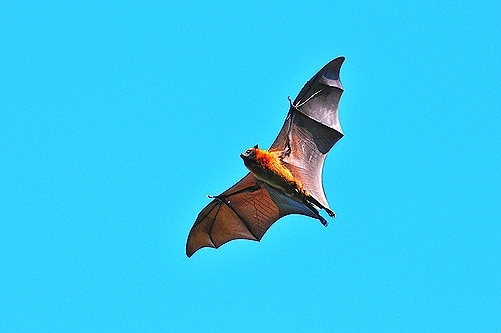|
| 질의: common gray fox | 결과: 63번째/82 | |
Madagascan flying fox (Pteropus rufus)
| 제목: | Madagascan flying fox (Pteropus rufus)
| | 올린이: | Axis (ground_assault_11@yahoo.com)
| |

| 해상도: 501x333
파일크기: 104948 Bytes
촬영일: 2020:12:28 12:39:45
등록시간: 2020:12:28 21:44:37
|
The Madagascan flying fox is the largest of Madagascar’s three endemic species of fruit bat. The common name derives from the long pointed muzzle and ears that give the face a distinctive, ‘fox-like’ appearance. The body is brown with darker tones on the back and lighter, golden to reddish-brown tones on the chest and shoulders. The face, crown and nape are also light and more yellowish in colour, and the wings are slate-grey to black. As with almost all species of Pteropodidae, there is no obvious tail. |
^o^
동물그림창고 똑똑전화 누리집
^o^
|
|